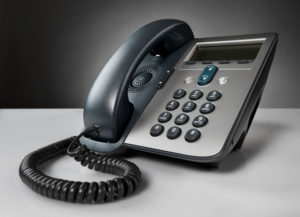 Modern Business Phone Systems offer a lot of benefits. Not only do they save you money, but their call management tools help boost employee productivity and efficiency. However, if your system is disorganized, it can create more problems than it solves. After all, you don’t want your customers spending a half an hour dialing different extensions just to try to find an actual human being to speak to. However, hunt groups can solve this issue. Here’s how:
Modern Business Phone Systems offer a lot of benefits. Not only do they save you money, but their call management tools help boost employee productivity and efficiency. However, if your system is disorganized, it can create more problems than it solves. After all, you don’t want your customers spending a half an hour dialing different extensions just to try to find an actual human being to speak to. However, hunt groups can solve this issue. Here’s how:
Hunt Groups
A hunt group (also known as line hunting) is a Business Phone System feature that sends incoming calls to one phone or group of phones based on rules set by you. Hunt groups are made up of users, extensions, and devices that are hunted down to find an agent. If you want to have effective call management, it is essential that you set this up appropriately. You can have this set up by a professional if you choose. With hunt groups, wait times and routing issues are virtually eradicated.
Different Types of Hunt Groups
There are a few different types of hunt groups you can use. Here are the main ones:
Sequential
If you use sequential ringing, your incoming calls will reach each agent in the hunt group one at a time. If an agent’s line is busy or if they miss the call, it will move on to the next agent one at a time. This is helpful if you want to prioritize the list of agents.
Simultaneous
You can also use simultaneous hunt groups, where all of your agents receive the call at the same time. The first one to answer receives the call. When they answer, the call will stop ringing the other agents.
Circular
This is similar to sequential, but once the last agent on the list misses the call, the call will move back to the first agent on the list. The call will keep ringing down the list until someone answers it.
If you have any questions regarding Business Phone Systems, please contact Advanced Communication Systems today at 844-791-0615. Please feel free to also follow us on Twitter.
